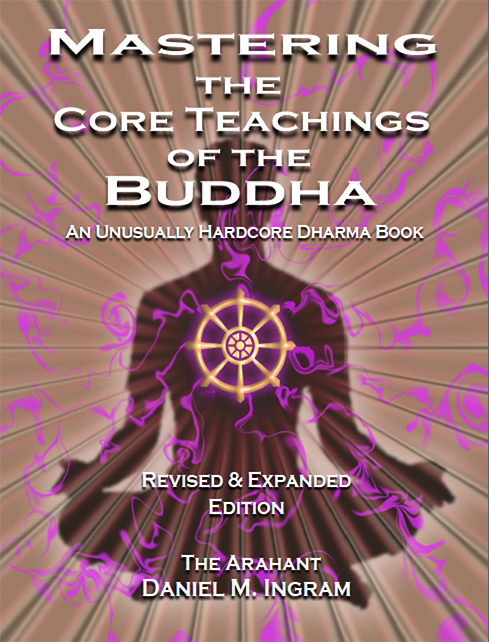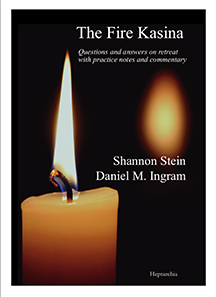Integrating Mindfulness into Everyday Life
Just as some patrons find a serene moment amid the dazzling lights of a casino floor, the practice of mindfulness can guide us to that calm center within a whirlwind of stimuli at bass win casino. Incorporating mindfulness into everyday life allows practitioners to develop a stable platform from which they observe thoughts and emotions without becoming entangled in them. This process of conscious awareness is central to the very teachings presented on MCTB, which emphasizes the cultivation of morality, concentration, and wisdom in a systematic approach. By bridging theoretical frameworks with practical exercises, individuals can learn to navigate both internal and external challenges with greater ease. In doing so, they transform routine activities into opportunities for insight and growth, turning mundane moments into gateways for deeper understanding. Across cultures and traditions, the simplicity of mindful attention offers robust benefits for mental clarity and emotional resilience. In many ways, this subtle art of observing without reacting can radically shift one’s experience of daily life. Whether you are new to meditation or an experienced practitioner, these insights can serve as a versatile companion on your path. In this exploration, we will draw upon teachings and practical guidance to illuminate how mindful awareness can become a natural extension of daily habits.
The Foundation of Mindful Awareness
At its core, mindful awareness invites us to turn our attention toward the present moment with openness and curiosity. Rather than reacting reflexively to every thought or sensation, we learn to observe mental events as passing phenomena. This fundamental shift from automatic engagement to conscious observation lies at the heart of the Three Trainings outlined on the MCTB site, namely morality, concentration, and wisdom. By grounding ourselves in ethical conduct, we create a stable foundation that supports deeper states of concentration during formal meditation sessions. Concentration, in turn, sharpens our inner focus, allowing us to maintain clarity even amid life’s inevitable distractions. Finally, the training in wisdom encourages reflective insight into the nature of experience, revealing patterns of attachment and aversion. Cultivating this skill requires patience and persistence, yet even small, consistent efforts yield noticeable improvements. As you explore each training, remember that progress often appears gradually and may not follow linear expectations. As you build this foundation, you will find that subtle shifts in perception begin to radiate outward, transforming how you relate to work, relationships, and personal aspirations.
Understanding the Three Trainings
The Three Trainings—morality (sīla), concentration (samādhi), and wisdom (paññā)—serve as a structured roadmap for developing spiritual maturity. Morality provides clear guidelines for ethical behavior, emphasizing non-harm and integrity in thoughts, speech, and actions. Without this ethical baseline, efforts to cultivate mental stability can become unbalanced or even self-indulgent. Concentration practices then refine the mind’s ability to remain present, often through techniques such as breath awareness, body scanning, or loving-kindness meditation. These exercises not only calm mental agitation but also train the mind to hold attention steadily on chosen objects. For instance, observing the breath for a few minutes each morning can gradually strengthen samādhi, preparing the mind for deeper contemplations. Finally, wisdom training directs our attention toward insights into the nature of reality, including impermanence, suffering, and non-self. Reflective insight into the nature of thoughts helps unravel habitual patterns, allowing for more freedom in daily choices. Taken together, the interwoven disciplines of sīla, samādhi, and paññā guide practitioners toward lasting freedom from mental turbulence.
Key Benefits of Daily Mindfulness
Integrating mindfulness into daily routines yields a wide array of psychological, emotional, and interpersonal benefits. Many practitioners report reductions in stress and anxiety as they learn to respond rather than react to challenging situations. Improved concentration often follows, leading to heightened productivity and the ability to stay present in professional tasks. Emotional resilience grows as we cultivate the habit of observing difficult feelings without judgment, allowing them to arise and pass without undue distress. Enhanced self-awareness fosters clearer communication and deeper connections with others, enriching personal and professional relationships alike. Over time, these cumulative effects foster a profound sense of well‑being and balance that permeates every aspect of life. These benefits manifest not only during meditation but also in casual moments such as waiting in line or responding to unexpected emails. To illustrate these advantages more concretely, consider the following highlights that emerge from sustained practice:
- Stress Reduction: Mindfulness techniques lower cortisol levels and calm the nervous system.
- Heightened Focus: Enhanced attention span leads to more efficient task completion.
- Emotional Balance: Observing thoughts and emotions without immediate reaction prevents overwhelm.
- Improved Relationships: Compassionate listening and present‑moment awareness deepen interpersonal bonds.
- Greater Clarity: Insight into habitual patterns supports more skillful decision‑making.
Practical Exercises for Daily Integration
Translating mindfulness theory into daily action can begin with simple, repeatable exercises that fit seamlessly into your schedule. Starting each morning with a brief body‑scan meditation helps orient attention inward before the demands of the day arise. You might also designate routine transitions—such as the moments before eating or checking your phone—as mini‑opportunities for mindful pause. By experimenting with different techniques, you can tailor practices to suit your lifestyle and time constraints. Over time, integrating these simple rituals can transform your perception of routine tasks into mindful opportunities. Even during the busiest workday, a five‑second pause to notice an inhale and exhale can reset mental tension. Consistent, small efforts compound to create a more stable and observant mind in both formal and informal contexts. These practices ultimately foster a seamless bridge between meditation cushion and everyday life.
Short Breathing Practices
Breath‑aware pauses require no special setting and can be practiced virtually anywhere. Allow each inhalation to anchor you to the present, and each exhalation to release tension and mental clutter. Begin by counting three slow breaths whenever you feel rushed or scattered. Notice the physical sensations at the nostrils or the rise and fall of the chest as direct anchors to the present moment. Even a brief pause of thirty seconds can reset the nervous system and foster a more balanced mental state. As awareness deepens, you may extend the count or explore longer holds of gentle attention. Over weeks of practice, these micro‑breaks build a reservoir of calm you can draw upon at will. Incorporating breath checks before decisions or conversations adds clarity and intentionality to every action.
"In the midst of noise, the quiet mind hears its own truth—and that whisper of insight can transform an ordinary moment into a doorway to freedom."
Overcoming Common Obstacles
Even dedicated practitioners encounter resistance, whether in the form of wandering thoughts, impatience, or self‑judgment. It helps to acknowledge these challenges as natural parts of the learning curve rather than personal failures. Maintaining a consistent schedule—even if brief—establishes supportive habits that counteract inertia. When distractions arise, gently note them and return to your chosen anchor without criticism. Recognizing these challenges as part of the learning curve can help maintain motivation and reduce self‑criticism. Adopting a compassionate attitude toward oneself is itself a mindfulness practice that promotes resilience. Seeking community support—through meditation groups or online forums—can also offer valuable encouragement and shared guidance.
Conclusion: Cultivating Lasting Calm
By weaving mindfulness into every facet of daily life, we transform routine moments into rich opportunities for insight and equanimity. Embracing mindfulness does not require elaborate rituals or extensive time commitments; rather, it invites gentle curiosity toward present‑moment experiences. Whether through breath pauses, mindful walks, or simple awareness checks, even small efforts yield significant and lasting benefits. The journey toward effortless presence unfolds gradually, yet its rewards become evident through greater clarity, emotional balance, and inner peace. May your journey be enriched by each moment of awakened awareness, leading to deeper tranquility and resilience in all that you do. With consistent practice and a spirit of openness, anyone can cultivate the free and stable mind taught so powerfully on mctb.org.

